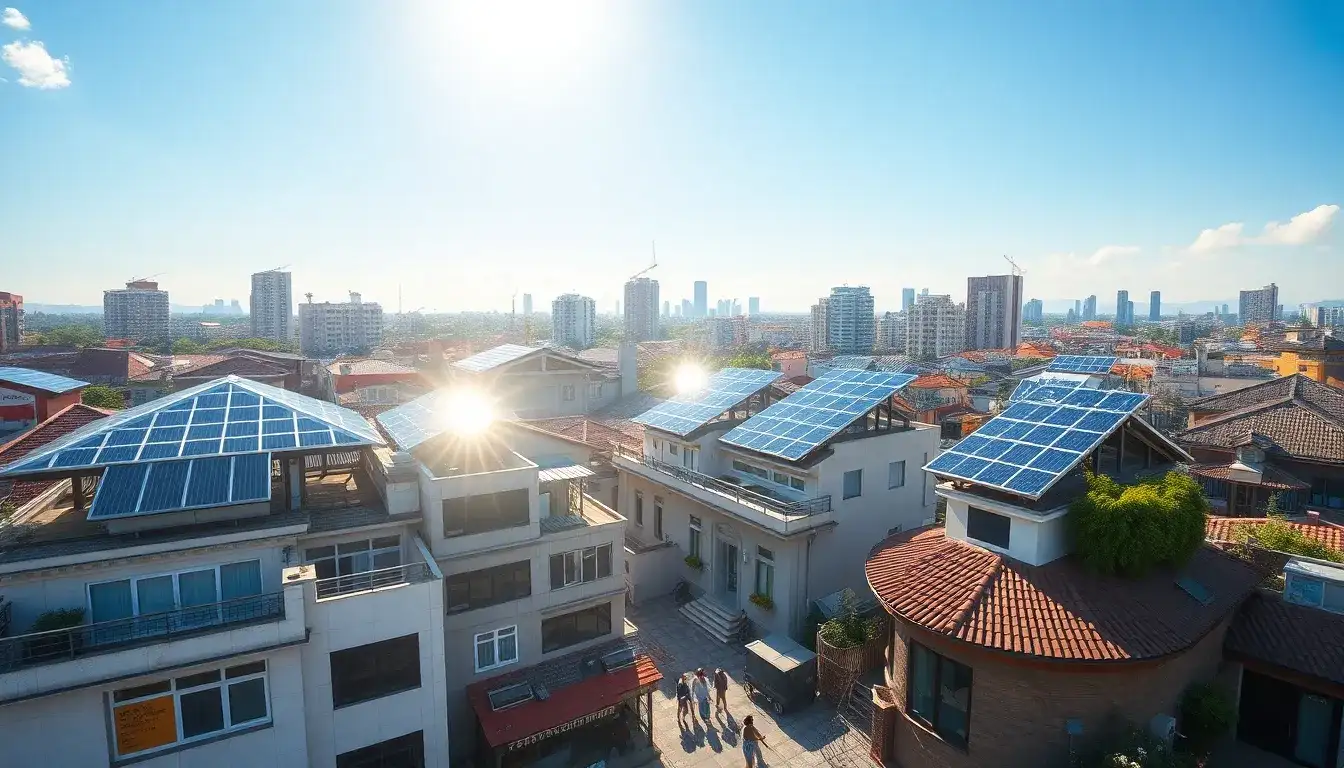
Recently, the National Energy Administration announced that Tengzhou has successfully been designated as a “National Pilot City for Rooftop Distributed Photovoltaic Development.” Since the initiation of the pilot program by the National Energy Administration, the city has continuously optimized its policies and business environment, enhanced its grid support and service capabilities, and proactively advanced the construction of various rooftop distributed photovoltaic power generation projects. As a result, Tengzhou has fully achieved the goals set forth in the pilot program, becoming one of 56 pilot counties (cities, districts) nationwide.
In recent years, Tengzhou has actively responded to the national “dual carbon” strategy, vigorously promoting the construction of rooftop distributed photovoltaic systems. Leveraging its resources and policy support, the city has explored a green, low-carbon, and efficient development path. By making localized adaptations and integrating rooftop resources from industrial parks, enterprises, residential areas, and public buildings, Tengzhou has implemented a comprehensive planning strategy to facilitate the rational layout of photovoltaic systems.
As of the end of 2024, the city’s distributed photovoltaic grid-connected capacity reached 878.2 MW, generating an average annual electricity output of approximately 1 billion kilowatt-hours. The city has introduced a series of regulatory documents and policy measures, including the “Tengzhou Management Measures for Photovoltaic Power Generation and New Energy Storage Projects” and “Guiding Opinions on Rooftop Distributed Photovoltaic Development on State-Owned Property,” encouraging enterprises and residents to invest in distributed photovoltaic systems.
By optimizing the registration materials and streamlining the processing procedures, the speed of project implementation has significantly increased. The deployment of distributed photovoltaic projects has not only enhanced the share of renewable energy but has also effectively reduced carbon emissions. Based on current photovoltaic power generation estimates, the city can reduce coal consumption by approximately 300,000 tons annually and cut carbon dioxide emissions by 800,000 tons, which is equivalent to planting 8,000 hectares of forests, or removing the carbon emissions equivalent to 140,000 fuel-powered vehicles. This contributes positively to improving environmental quality and advancing ecological civilization.







